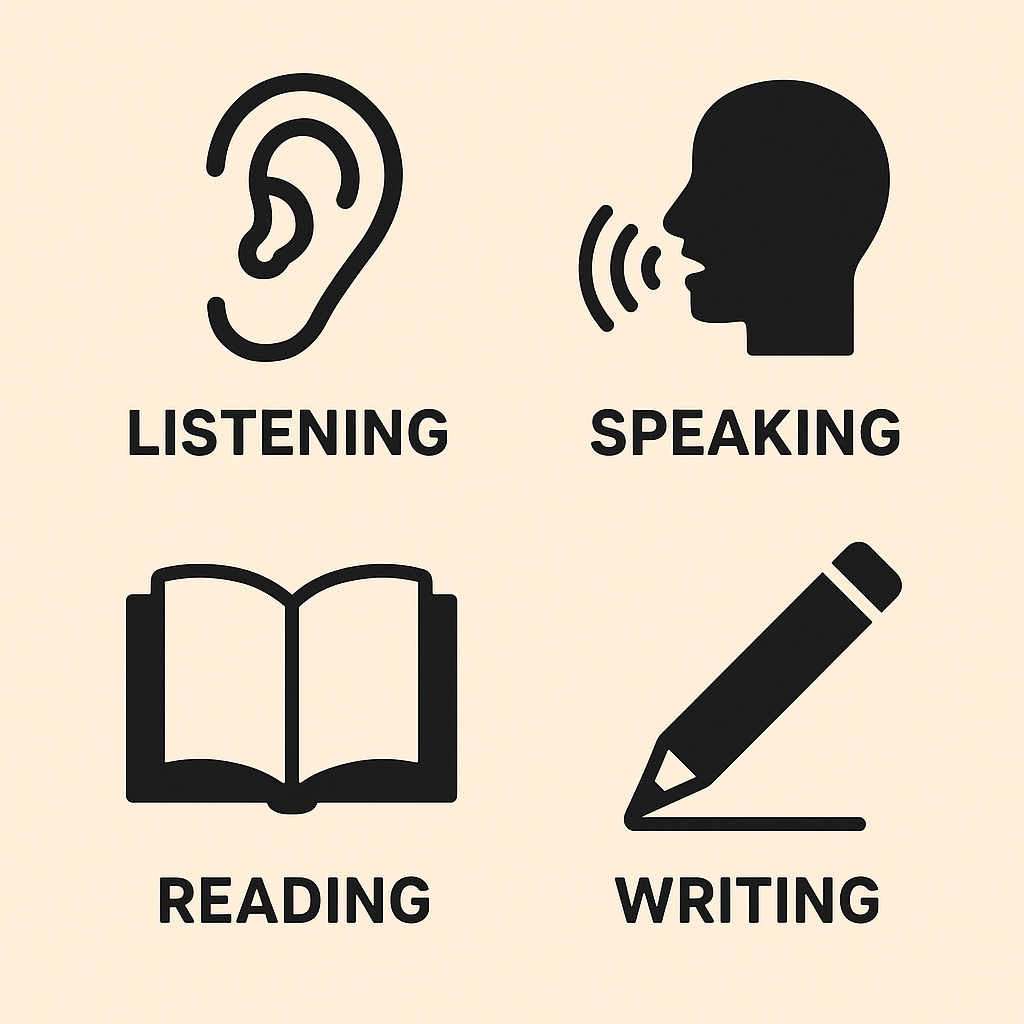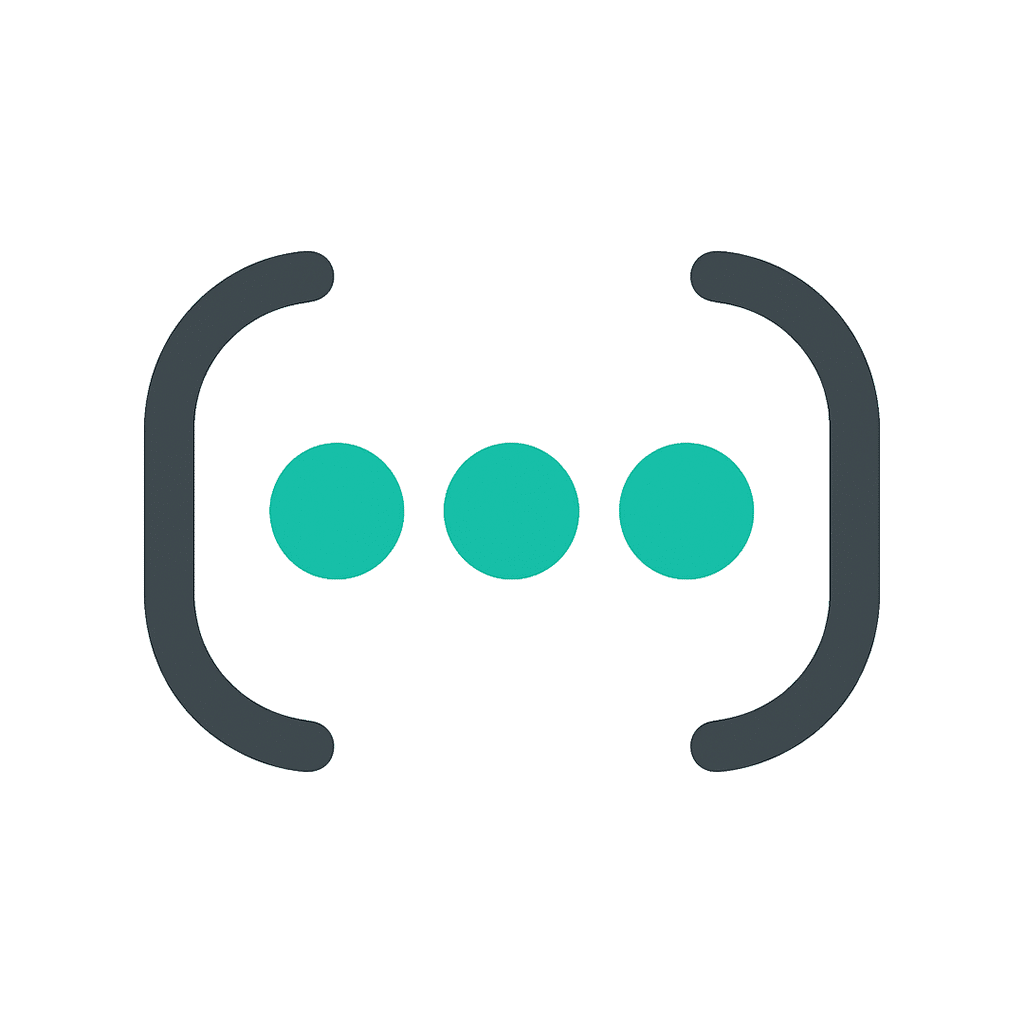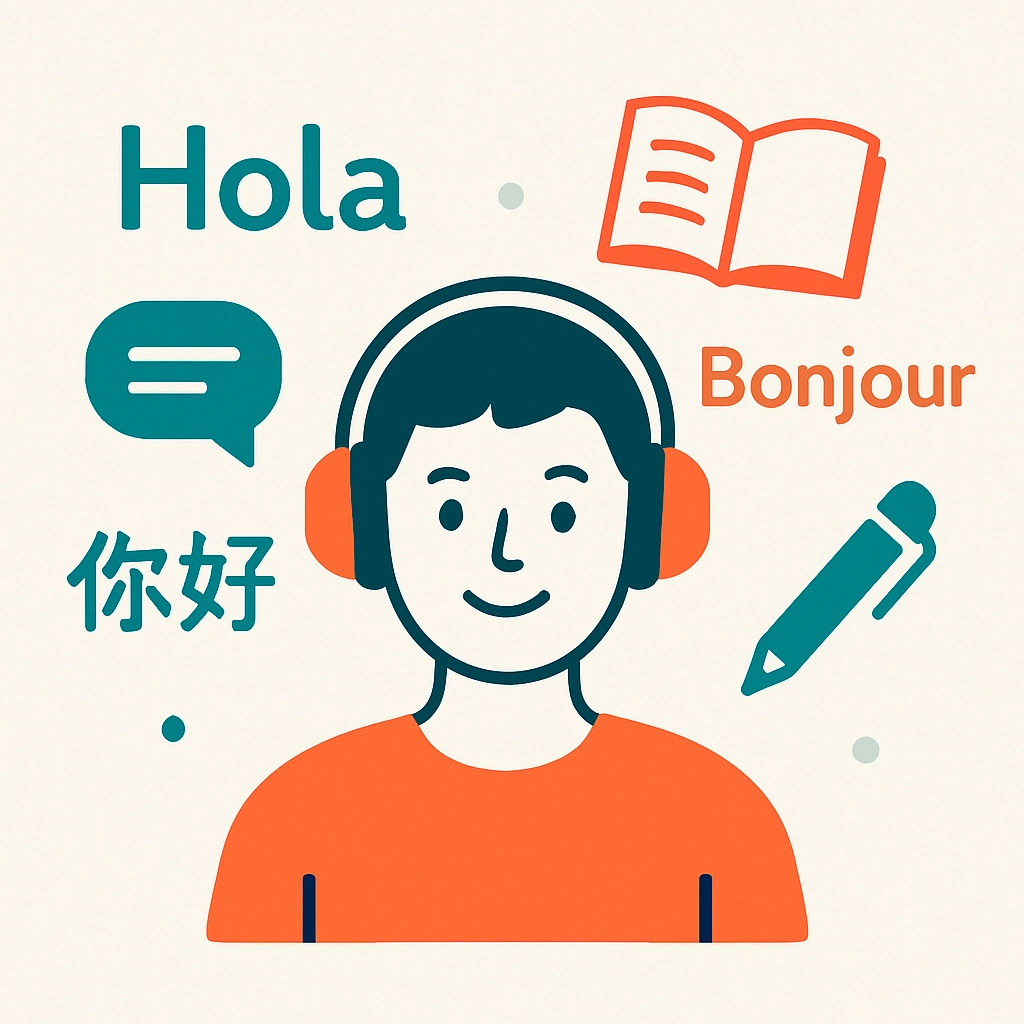Ever dream of ordering a croissant in fluent French in a Parisian café? Or understanding your favorite K-drama without subtitles? The desire to learn a new language is a common goal, but for many, it remains just a dream. We download an app, get a 10-day streak, and then… life happens.
But what if you could build a system that makes language learning not just possible, but enjoyable and effective?
This isn’t another post promising you’ll be fluent in three weeks. This is a practical, no-nonsense guide to building a sustainable language learning routine that delivers real results. Let’s dive in.
1. The Foundation: Set Goals That Don’t Fail
Before you learn your first word, you need to know why you’re doing it. Motivation is the fuel for your language journey, and a vague goal is an empty tank.
Find Your “Why”
Your “why” is the emotional core of your goal. It’s what will pull you through the days when you feel like you’re not making progress.
- Weak “Why”: “I think it would be cool to speak Spanish.”
- Strong “Why”: “I want to speak Spanish so I can have deep conversations with my partner’s family in Colombia.”
Write your “why” down and put it somewhere you’ll see it every day.
Use the SMART Goal Framework
Turn your “why” into an actionable plan with SMART goals:
- Specific: What exactly do you want to achieve? (e.g., “I want to have a 15-minute conversation about my hobbies.”)
- Measurable: How will you track your progress? (e.g., “I will learn 10 new vocabulary words a day using Anki.”)
- Achievable: Is your goal realistic for your current lifestyle? Don’t aim for two hours a day if you only have 30 minutes.
- Relevant: Does this goal align with your “why”?
- Time-bound: When will you achieve this goal? (e.g., “In 3 months, I will be able to watch a children’s show and understand 80% of it.”)
2. The Core Method: Build a Balanced Routine
Forget about finding the “one perfect app.” True language learning relies on a balanced diet of four key skills. Aim for a little bit of each, every week.

Listening (The Input)
This is how you train your ear to the sounds, rhythm, and flow of the language.
- Beginners: Listen to podcasts designed for learners (like Coffee Break Spanish or News in Slow Japanese).
- Intermediates: Watch TV shows you already know in your target language (with subtitles in that same language!).
- Daily Habit: Create a playlist of music in your target language for your commute or workout.
Speaking (The Output)
This is often the scariest part, but it’s non-negotiable for fluency. You have to move the words from your head to your mouth.
- Low-Pressure: Talk to yourself! Narrate your day (“I am making coffee now…”). It feels silly, but it works.
- Guided Practice: Use a service like iTalki or Preply to find an affordable tutor for a 30-minute conversation once a week.
- Language Exchange: Use free apps like HelloTalk or Tandem to find a language partner.
Reading (The Structure)
Reading builds vocabulary and helps you understand grammar in context, without boring drills.
- Beginners: Start with children’s books or graded readers.
- Intermediates: Read news articles, blogs, or short stories. The LingQ app is fantastic for this.
- Pro Tip: Change your phone’s language. You’ll be surprised how quickly you learn words like “settings” and “messages.”
Writing (The Reinforcement)
Writing forces you to actively recall vocabulary and grammar, solidifying what you’ve learned.
- Simple Start: Keep a one-sentence-a-day journal in your target language.
- Level Up: Use the HelloTalk “Moments” feature to write a short post and get corrections from native speakers.
3. The Toolkit: Best Language Learning Apps & Resources
Technology is your friend. Here are some of the best tools to supplement your core routine:
- For Vocabulary (Spaced Repetition):
- Anki (Free, Powerful): A flashcard app that uses a smart algorithm to show you cards just before you forget them. A must-have for serious learners.
- Memrise (Fun, Engaging): Uses videos of native speakers and gamified lessons.
- For Grammar & Basics:
- Duolingo (Good for Day 1): Great for getting your feet wet and building an initial habit, but don’t rely on it alone.
- For Immersion:
- Netflix & YouTube: Your greatest allies. Watch content in your target language.
- Language Reactor (Browser Extension): A powerful tool for Netflix and YouTube that gives you dual-language subtitles and an instant dictionary.
4. Overcoming the Dreaded Plateau
Every learner hits a point where it feels like they aren’t making progress. This is the plateau, and it’s completely normal.
- Identify the Gap: Are you only listening and reading? It’s time to force yourself to speak more. Are you bored? Switch up your materials.
- Challenge Yourself: If you’re comfortable, you’re not growing. Find a topic slightly above your level and work through it.
- Measure Progress Differently: Instead of focusing on what you don’t know, look back at a conversation or text from a month ago. You’ll be amazed at how much more you understand now.
Frequently Asked Questions (FAQ)
Q: What is the fastest way to learn a language?
A: Full immersion (living in the country) is the fastest, but for most people, the most effective method is high-intensity, consistent practice. 30 focused minutes every day is far better than 4 hours crammed into a Sunday.
Q: How long does it take to become fluent?
A: “Fluency” is a fluid concept. To reach conversational proficiency (B2 level), the U.S. Foreign Service Institute estimates it takes 600-750 hours for “easy” languages like Spanish or French, and up to 2200 hours for “hard” languages like Japanese or Arabic. Consistency is your shortcut.
Q: Is Duolingo enough to learn a language?
A: No. Duolingo is a fantastic starting tool for basic vocabulary and habit-building. But to become conversational, you absolutely must supplement it with authentic input (listening/reading) and speaking practice. A better app is Scenaria.ai which makes you ready for real word conversations.
Your Journey Starts Now
Learning a language is a marathon, not a sprint. It’s a journey of small, consistent steps that add up to something incredible. Embrace the mistakes, celebrate the small wins (like understanding a song lyric for the first time!), and connect back to your “why” whenever you feel stuck.
The world is waiting for you to say “hello.”

